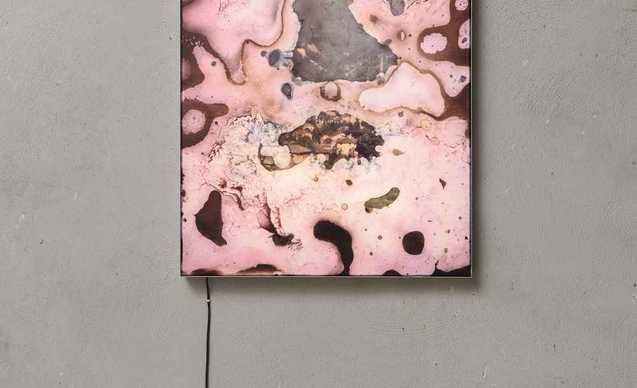Giulio Bensasson
Invito a Palazzo.Mecenatismi
Invitation to the Palace. Mecenatismi is an event focused on the reopening of the most important historical building of the Marsican city: the Palazzo Orsini-Colonna, enlarged in the Renaissance style in the 15th century on a pre-existing medieval building, by Count Roberto Orsini, as a noble residence of the Orsini family, later passed ai Colonna.
Roberto adds the second floor and expands the courtyard of honor and around 1465 probably commissioned the painter Lorenzo da Viterbo or an artist known as Il Maestro di Tagliacozzo, the fresco decoration of the chapel and the loggia with the portraits of illustrious men, on model of the homonymous room frescoed by Masolino da Panicale in the Roman palace of the Orsini (unfortunately lost), currently Palazzo Taverna.
The historical and symbolic connection between the two noble residences (the Roman and the Tagliacozzese) is the main reason for the proposed event, which strengthens the practice of Renaissance commissioning with contemporary patronage, promoted by Spazio Taverna.
Thus, within an important recovery plan of the Palazzo, promoted by the mayor of the city of Tagliacozzo Vincenzo Giovagnorio, the artistically most important wing is returned to the city to become the seat of the Civic Museum, intended to house, as well as the memories of the place, including contemporary works of art, installations, solo or group exhibitions.
In this important process, the exhibition Invito a Palazzo. Patronage is a privileged moment of comparison and reflection on the relationship between art and client, conservation and enhancement of the monument, intended as a space destined not only to contemplate the works of art of the past, but rather as a place where, thanks to the comparison with the artistic languages of the present, new meanings and different interpretations of the history of art can be generated.
The project
Through the connection with the rooms of Palazzo Orsini -Taverna in Rome, characterized by the union between the Renaissance world of the Orsini, the activities of the International Art Meetings and the experiential evenings of Spazio Taverna, this summer, the dialogue between Renaissance and Contemporary moves to the Ducal Palace of Tagliacozzo, almost as if to resume the fil-rouge of art from Rome to the city of Abruzzo, ideally reuniting two buildings that are the fruit of the “enlightened” patronage of the same family in the 15th century.
The symbolic force of Spazio Taverna is applied here within the recovered rooms of the Doge's Palace, where a restoration intervention becomes an opportunity to open up to contemporary art, under the banner of a transformative dialogue between past and present.
The exhibition
For the occasion of Contemporanea Ventiventidue, an alternative route has been created which, passing through the Cortile d'Arme, reaches the second floor of the Palazzo, crossing the panoramic loggia once frescoed with the theory of illustrious men, the work of Lorenzo da Viterbo or of the Master of Tagliacozzo. These frescoes, now removed, are kept in the museum of the Celano Castle, and are a certain fifteenth-century connection between the Roman residence and the Tagliacozzo one as they testify to a common iconographic apparatus, aimed at celebrating the political virtues of the Orsini, a lineage of skilled leaders.
The public who will visit the exhibition will therefore be welcomed in the rooms on the ground floor, where the works of the five artists "who invite" to the Palace will be gathered in a single room: Giulio Bensanson, Antonio Della Guardia, Alice Paltrinieri, Alfredo Pirri and Eugenio Tibaldi . Belonging to different generations, the artists have been called upon as they are capable of activating a symbolic imaginary linked to the curatorial modalities of Spazio Taverna.
